Struggling with persistently high CPM on your Facebook Ads, despite trying proven tips? When the usual strategies fall short, it’s time to dig deeper. In this guide, we’ll go beyond the surface and explore the intricacies of your advertising setup. Discover the hidden factors that might be driving up costs and learn actionable strategies to optimize your campaign.
Let’s unravel the mystery of high CPM and empower your Facebook Ads for success.
Let’s start by explaining what CPM is.
So, CPM, or Cost Per Mille, represents the cost incurred for every one thousand ad impressions. It’s a metric that reflects the efficiency of your ad spending. Several key elements influence CPM, including your target audience’s size and behavior, ad placement, competition within your industry, the time of year, and the relevance and quality of your ad content.
Understanding these factors is essential for dissecting the dynamics of your CPM and devising effective strategies to mitigate its impact.
Here are all the factors that you should take into consideration when facing a high CPM.
Discover Trends before they’re Trending.
Get our best trends delivered to your inbox.
Campaign Settings
When it comes to your Facebook Ads, the choices you make in your campaign settings significantly impact your CPM. Here’s how:
Objective: The goal you set for your ad campaign matters. If you’re aiming to create brand awareness, your CPM might be different from a campaign focused on getting people to make a purchase.
Targeting Specificity: Who you’re trying to reach with your ads matters too. If you’re super specific, like aiming at a very particular group, your CPM might go up because there are fewer people to show your ads to.
Geographical Location: Where you’re showing your ads makes a difference. The cost of showing ads can vary a lot depending on which part of the world you’re targeting. Some places might have more competition or more demand for ads, which can make your CPM higher.
Ad Placements
Where your ads show up can really affect your Facebook Ads’ CPM. Check out how different placements play a role:
- Placement Variety: Your ads can pop up in lots of spots on Facebook and its partner networks. Fancy spots like the main Facebook News Feed could cost more in CPM. On the other hand, not-so-fancy places (think Audience Network) might be more budget-friendly but might not work as well.
Audience Overlap
If you’re running multiple ad sets or campaigns targeting similar audiences, there might be internal competition, driving up your CPM. Facebook’s “Audience Overlap” tool can help identify this issue.
Ad Quality and Relevance
Facebook evaluates ads based on predicted engagement. Factors here include quality ranking, engagement rate ranking, and conversion rate ranking. Low scores increase CPM.
Also, negative feedback, like users hiding your ad or reporting it as irrelevant, can impact CPM.
Ad Creative
The stuff you put in your ads, called “ad creative,” can affect your Facebook Ads’ CPM. Let’s break it down:
Ad Fatigue: If you keep showing the same ads for a long time, people might get tired of seeing them. This is called “ad fatigue.” Mixing up your ad pictures and words can give your campaign a boost.
Resonance: Ads that make people feel something or give them something useful usually work better. They can even help lower your CPM, which is great news for your budget.
Frequency
Let’s talk about how often people see your Facebook Ads, a number we call “frequency.” Here’s how it affects your CPM:
- Audience Burnout: When your audience sees your ad too many times, they might get tired of it. This is called “audience burnout.” When it happens, your ad has to work extra hard to find new people to show to. This pushes your CPM up because it’s a bit tougher for your ad to do its job.
Seasonality and External Events
Sometimes, the time of year and what’s happening in the world can shake up your Facebook Ads’ CPM. Here’s the scoop:
Seasonal Swings: Certain times, like holidays or special occasions, can get really crowded with ads. This competition can nudge your CPM higher because there are more advertisers trying to get people’s attention.
External Events: Big happenings in your industry or launches of new products can also mess with your CPM. When lots of advertisers want to show their ads at the same time, costs might climb.
Budget and Bidding
Time to dive into how your budget and bidding style impact your Facebook Ads’ CPM. Here’s the lowdown:
Bidding Tactics: How you bid, like letting Facebook do it automatically or taking charge yourself, can play a role in your CPM. Plus, if you’re tight on budget, it can affect how well Facebook can make your ad reach its goals.
Ad Auction Action: Facebook sells ad space in a big online auction. Your CPM depends on how much others are bidding too, along with how awesome your ad is. So, if it’s fierce competition, your CPM might climb.
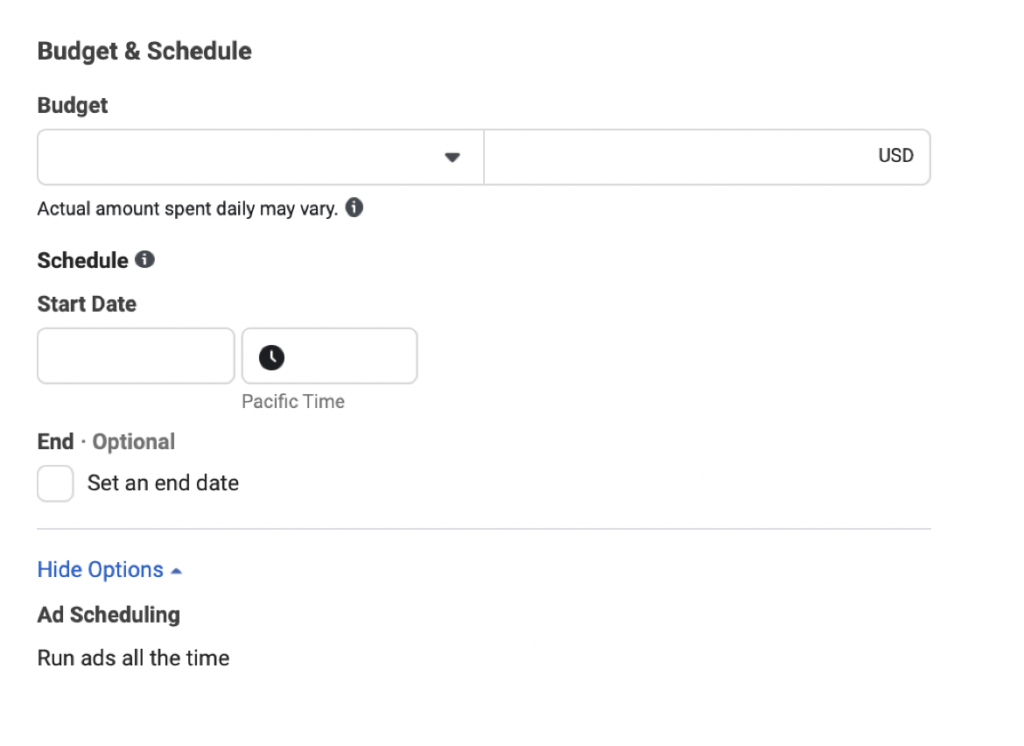
Ad Content and Presentation
Now, let see what you include in your Facebook Ads and how you present it.
Text Troubles: If your ad text is too long, especially on mobile screens, it might get cut off. That makes it harder for the audience to engage with your ad, and it might mess with your CPM.
Keyword Care: The words you use matter. Some words, like health or money, can make Facebook more careful with your ad because of their policies. Plus, certain words might not click well with your audience and could affect your CPM.
Technical Considerations
And the last one is the technical considerations. Let’s tackle the technical side of things and how it can sway your Facebook Ads’ CPM.
Website and Tracking: Sometimes, technical glitches like pixel misfires or slow-loading pages can make your ad look bad. This can mess with how well your ad performs and might affect your CPM.
Landing Page Experience: If people click on your ad and then quickly leave your site because it’s not so great, it can indirectly mess with your CPM. See, if folks don’t like what they find, they might not do what you want them to, and that can affect your CPM.
Discover Trends before they’re Trending.
Get our best trends delivered to your inbox.
Debugging High CPM
When you find yourself grappling with unexpectedly high CPM on your Facebook Ads, it’s time to play detective. The first step is to break down your campaign settings, creative elements, and technical aspects to identify potential culprits.
In the upcoming sections, we’ll outline the steps you should take if you’re facing high CPM.
Facebook Pixel and Event Tracking
Maintaining a healthy Facebook Pixel and accurate event tracking is crucial. Here’s how to ensure they’re on point:
Pixel Health: Use the Facebook Pixel Helper Chrome extension. It’s your sidekick in detecting Pixel issues and errors, ensuring it operates flawlessly.
Event Integrity: Confirm that events, whether standard or customized, are triggering correctly. Avoid any potential duplications, especially with vital actions like “purchase,” which should trigger just once.
Cross-Domain Tracking: If your funnel involves multiple domains (e.g., third-party checkout systems), ensure tracking is set up correctly across domains.
Website Performance
Elevating your website’s performance is also important. Here’s how to ensure a seamless user experience:
Page Load Speed: Leverage tools such as Google PageSpeed Insights or GTmetrix to gauge your page load speed. A sluggish website could lead users to bounce before pixels or events even have a chance to trigger.
Mobile Optimization: Optimize your website for mobile browsing. Given that most Facebook users access the platform via mobile devices, a smooth mobile experience is crucial.
Server Issues: Check for any potential server downtimes or errors. Disruptions affect tracking and user experience.

Ad Content and Presentation
One more important thing not to underestimate is ad content. Crafting compelling ad content is key. Here’s how to ensure your ads hit the mark:
Text Check: Examine the length of your ad text. It should be concise enough to avoid being cut off or overwhelming users, particularly on mobile devices.
Sensitive Keywords: Be mindful of keywords, especially those related to sensitive areas like health or finance. They can impact how your ad resonates with users and how Facebook’s algorithms perceive it.
Browser Console: Peek behind the scenes. Open your landing page, inspect, and head to the “Console” tab. Look out for any script errors, including those related to Facebook tracking, that might hinder smooth performance.
Feedback and Ad Metrics
Also, you need to understand feedback and metrics to refine your strategy. Here’s how to interpret and optimize your data:
-
Keep an eye on negative feedback, like users hiding or deeming your ad irrelevant. This feedback can impact your ad’s relevance score, potentially affecting your CPM.
-
Regularly assess predicted performance metrics in Ads Manager. If quality or engagement rankings are low, it might contribute to a higher CPM.
Audience and Targeting
Getting your audience and targeting right is crucial. Here’s how to fine-tune your approach:
As we mention before, make use of Facebook’s “Audience Overlap” tool. It helps you spot instances where different ad sets or campaigns might be going head-to-head, potentially affecting your CPM.
Double-check the accuracy of your retargeting audiences, such as website custom lists. Ensuring these lists populate correctly can significantly impact your CPM efficiency.
Ad Placement and Delivery
Fine-tuning where and how your ads appear can make a significant impact. Here’s how to enhance your approach:
-
See if the high CPM is tied to a specific placement. Sometimes, underperforming placements can be paused to optimize performance.
-
Take a close look at your bidding strategy. Consider testing between automatic and manual bids to see if there’s a noticeable difference in CPM.
External Interferences
Unforeseen external factors can influence your ad performance. Here’s how to manage potential interferences:
- Keep an eye out for users with browser settings or extensions that hinder ad delivery and tracking. These disruptions can distort your ad’s perceived performance and possibly impact CPM.
Historical Performance
Analyzing past campaign performance targeting a similar audience can provide valuable insights. Here’s how to tap into historical data:
- Take a close look at previous campaigns that targeted the same or similar audience. Identifying patterns or changes can shed light on the factors contributing to the current high CPM challenge.
Discover Trends before they’re Trending.
Get our best trends delivered to your inbox.
Facebook Tools
Utilizing Facebook’s tools can help uncover underlying issues. Here’s how to leverage them:
- Found within the Facebook Events Manager, this tool lets you input your website URL and track real-time event firing, offering insights into any potential tracking issues.
Summing up: How to Lower CPM
While there are many reasons why your Facebook Ads might have a high CPM, taking the time to understand and tackle each potential issue one by one can help you use your ad money more wisely and make your ads work better overall.
By looking carefully at all the things that could be causing the high CPM, you can make your ad budget go further and make your ads have better results.
⭐⭐⭐⭐⭐
100+ five-star reviews on Shopify App Store
Be the first to receive the latest Facebook ads benchmarks, insights, and tips right in your inbox.
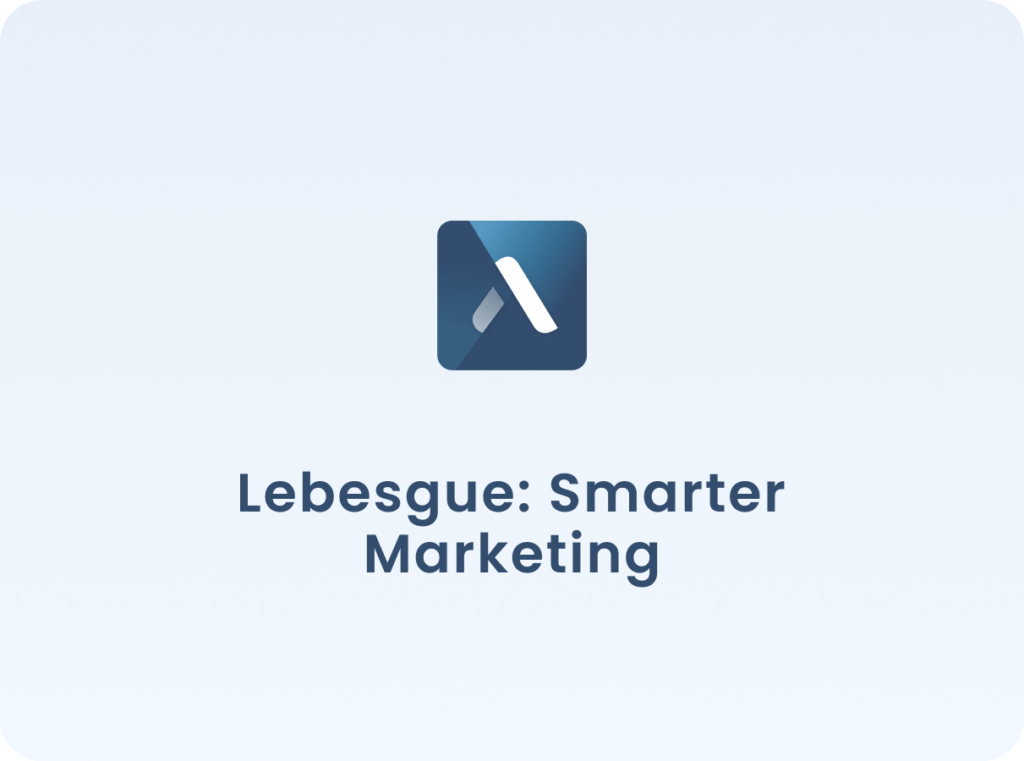


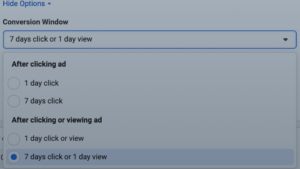
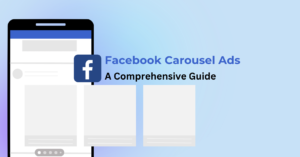
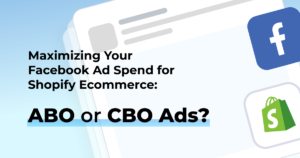
No comment yet, add your voice below!